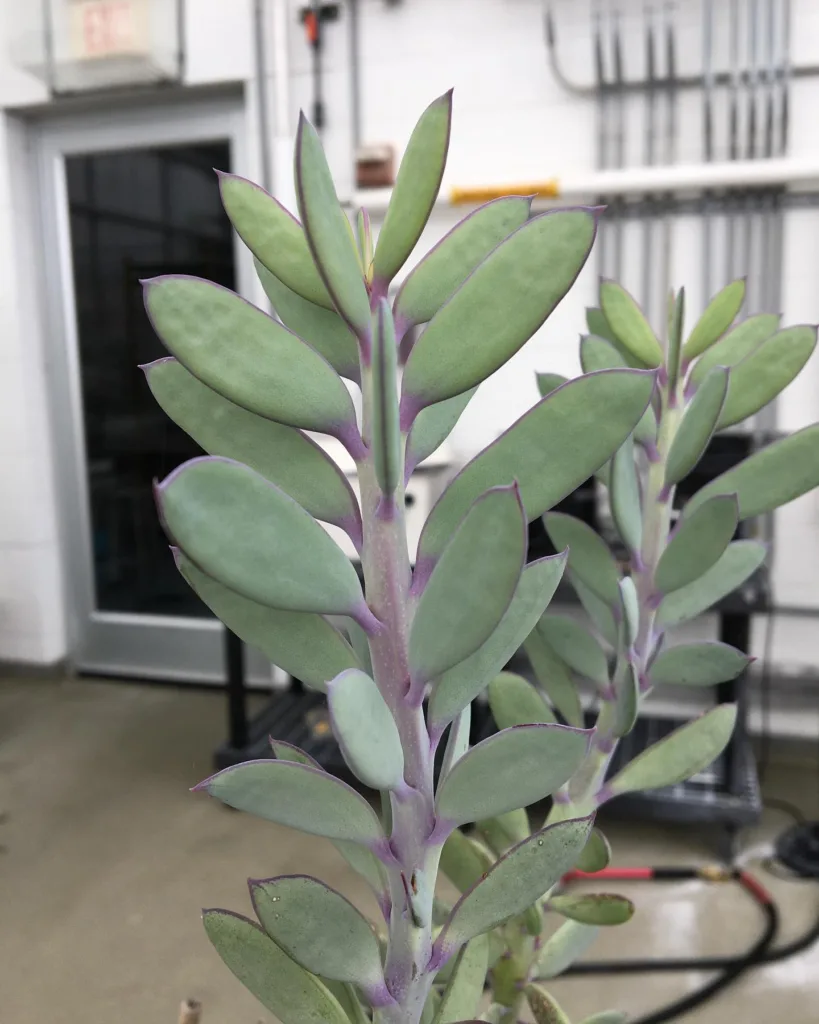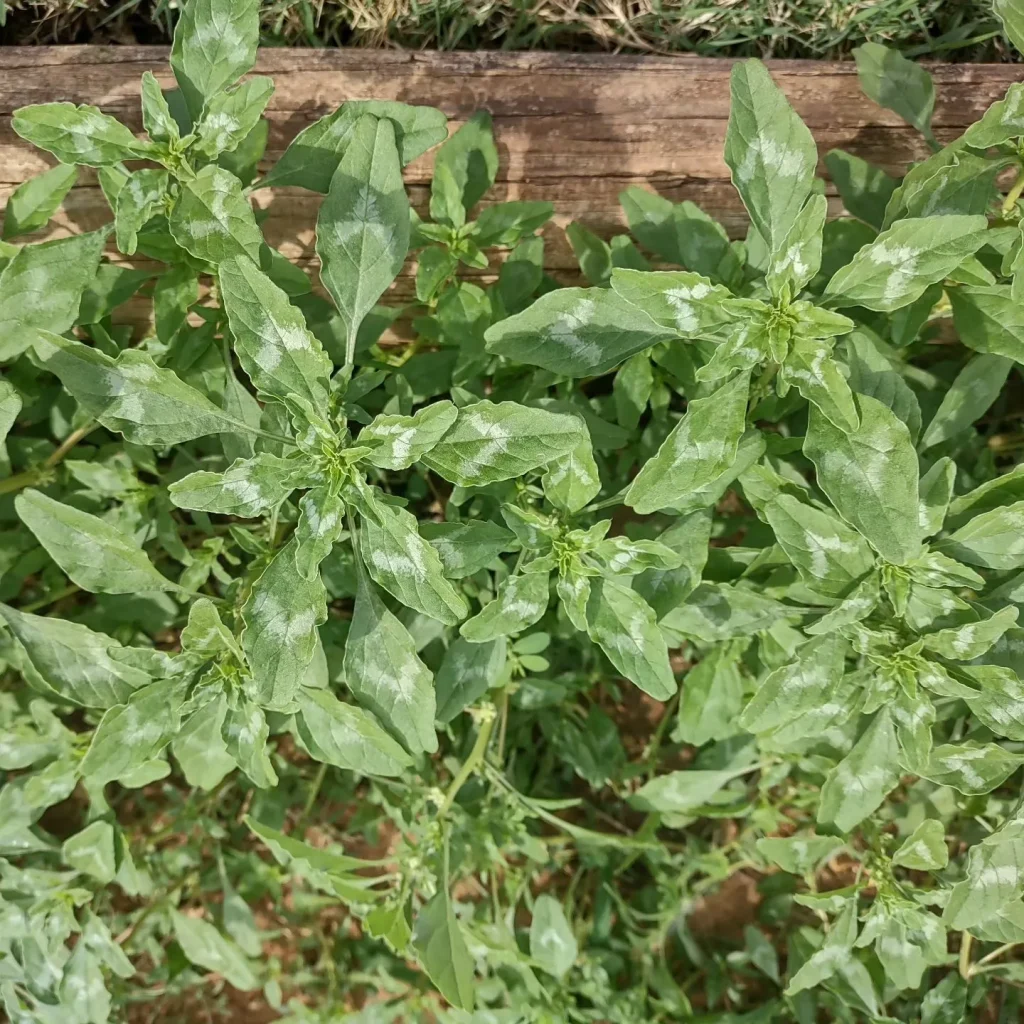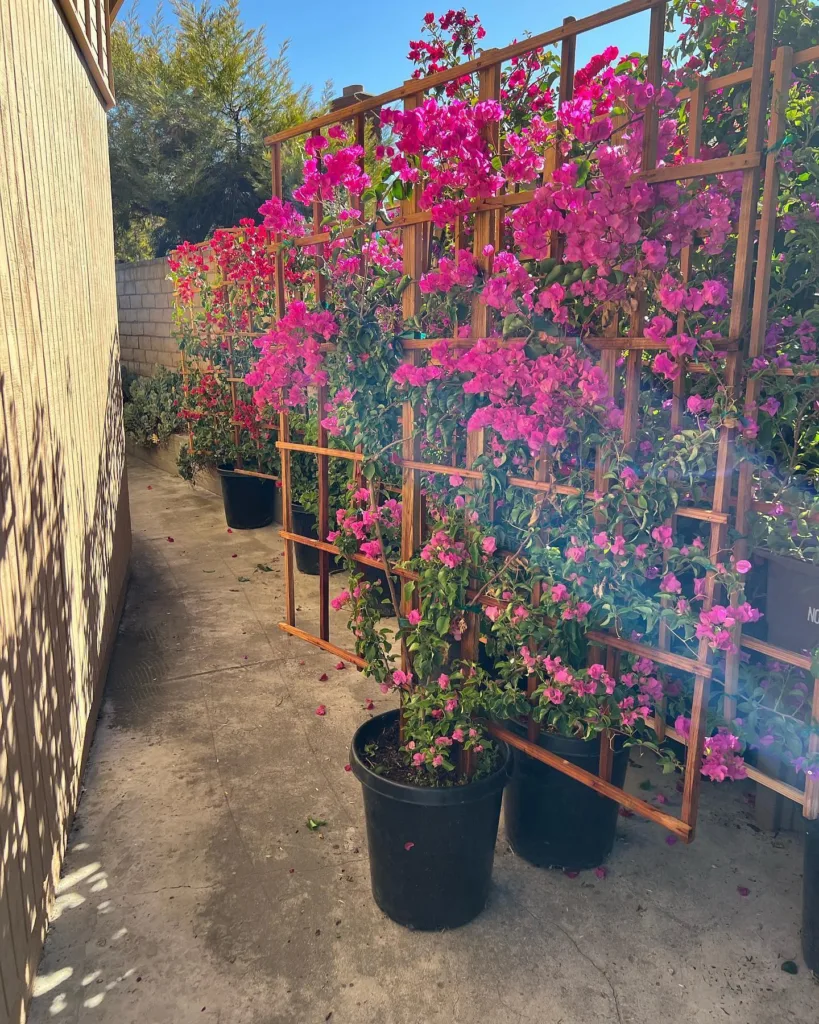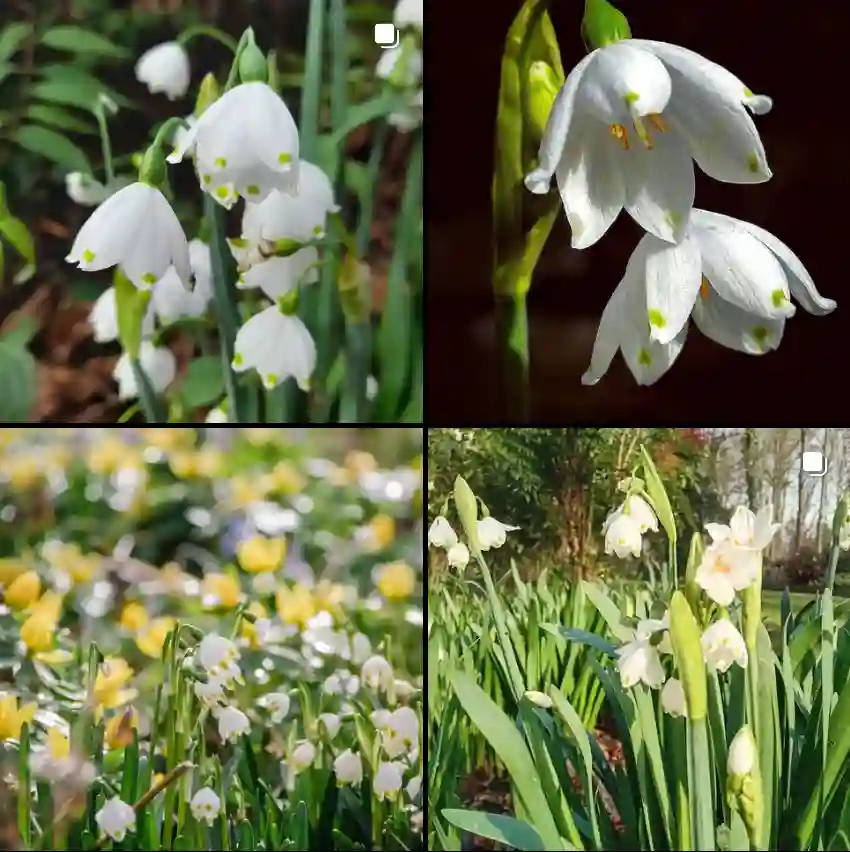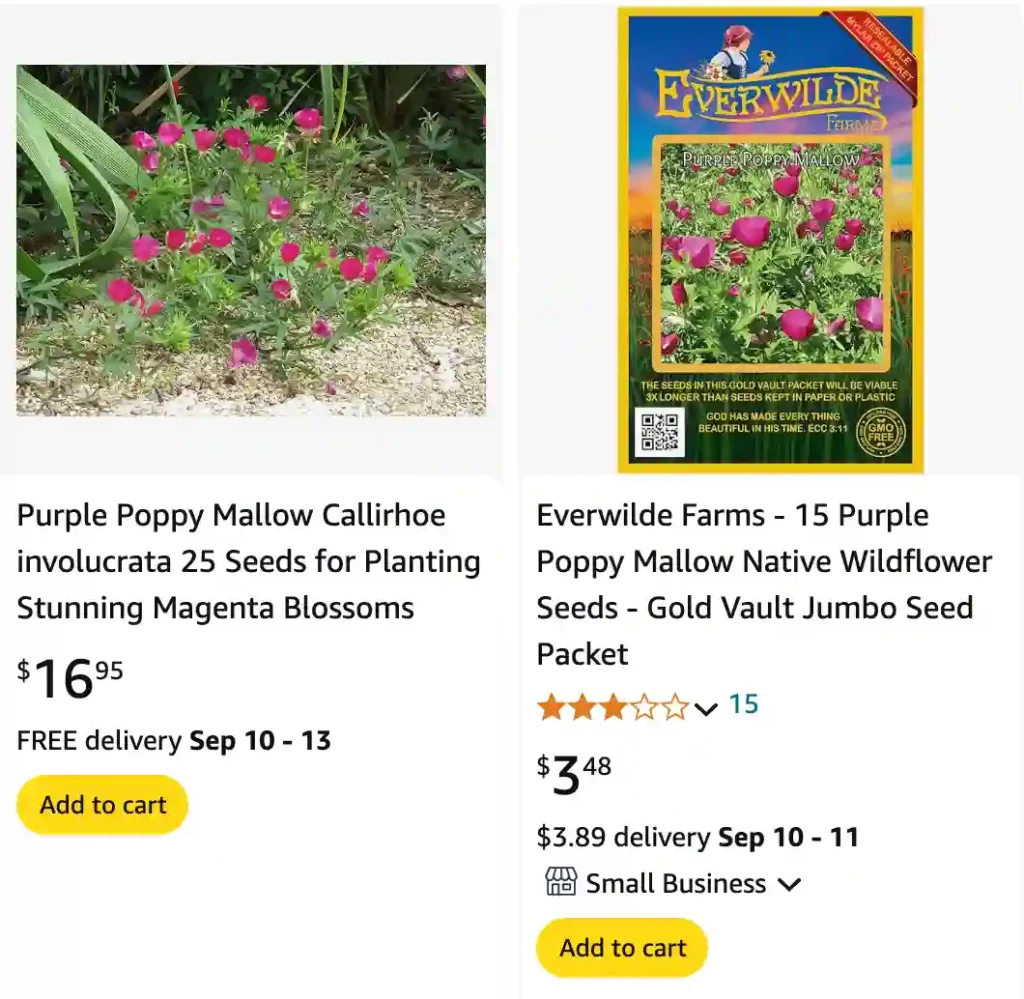
FAQs About Callirhoe Involucrata
As a plant enthusiast, I often get asked about the Callirhoe Involucrata, also known as the Purple Poppy Mallow. This plant is a favorite in my garden due to its striking appearance and low-maintenance care. Let me walk you through some of the most common questions I receive about this beautiful plant.
9 Species in Genus Callirhoe
What Is Callirhoe Involucrata?
Callirhoe Involucrata is a perennial plant native to the central United States. It’s admired for its vibrant, magenta-purple flowers that resemble poppies, hence the common name “Purple Poppy Mallow.” This plant typically blooms from late spring to early fall, providing a long season of color. It grows low to the ground, forming a sprawling mat that can cover an area efficiently.
Is Callirhoe Involucrata Invasive?
I’ve had several people ask me, “Is Callirhoe Involucrata invasive?” In my experience, it’s not generally considered invasive. It spreads by self-seeding and can establish itself in the garden, but it doesn’t aggressively take over like some other species. However, it’s always wise to keep an eye on its growth, especially in a new planting area, to ensure it doesn’t outcompete other plants.
How to Care for Callirhoe Involucrata?
Taking care of Callirhoe Involucrata is relatively straightforward. Here’s what I’ve learned from my own gardening experience:
- Sunlight: This plant thrives in full sun to partial shade. It needs at least 6 hours of direct sunlight each day for optimal blooming.
- Soil: It prefers well-drained soil. While it can tolerate a range of soil types, good drainage is crucial to prevent root rot.
- Watering: Water the plant regularly, but allow the soil to dry out between watering sessions. It’s drought-tolerant once established, so avoid overwatering.
- Fertilization: A light application of a balanced fertilizer in early spring helps promote healthy growth and blooms.
How to Propagate Callirhoe Involucrata?
Propagating Callirhoe Involucrata is a fun and rewarding process. You can propagate this plant through seeds or cuttings:
- Seeds: Start seeds indoors 6-8 weeks before the last frost. Sow them in a seed-starting mix and keep them in a warm, sunny location. Transplant the seedlings outdoors after the danger of frost has passed.
- Cuttings: Take softwood cuttings in late spring or early summer. Dip the cuttings in rooting hormone, then plant them in a well-draining potting mix. Keep the cuttings moist and in indirect light until they develop roots.
What to Plant With Callirhoe Involucrata?
Callirhoe Involucrata pairs well with various plants in the garden. Its low-growing nature makes it an excellent ground cover. I’ve found it looks great alongside:
- Salvia: The contrasting colors between purple poppy mallow and the vibrant blues or reds of salvias create a stunning display.
- Echinacea: Both plants have similar growing conditions and complement each other’s blooms well.
- Grasses: Ornamental grasses can provide a nice texture contrast and help frame the spreading foliage of Callirhoe Involucrata.
Can You Grow Callirhoe Involucrata Indoors?
Growing Callirhoe Involucrata indoors is a bit tricky. While it prefers outdoor conditions, you can grow it in a large container with proper care. Ensure it gets enough sunlight and maintain a consistent watering schedule. Indoor conditions can be less than ideal for this plant, so it might not thrive as well as it would outside.
Is Callirhoe Involucrata Toxic?
Callirhoe Involucrata is non-toxic to pets and humans. I’ve never had issues with it causing any harm, which is a relief for those of us with curious pets or young children.
Benefits of Callirhoe Involucrata
This plant offers several benefits:
- Aesthetic Appeal: Its vibrant flowers add a burst of color to any garden.
- Low Maintenance: Once established, it requires minimal care and is quite drought-tolerant.
- Pollinator Friendly: The flowers attract bees and butterflies, making it a great choice for a pollinator garden.
Common Problems with Callirhoe Involucrata
In my gardening experience, Callirhoe Involucrata is relatively trouble-free, but there are a few issues to watch for:
- Root Rot: Overwatering or poor drainage can lead to root rot. Make sure the soil drains well and avoid excessive watering.
- Pests: Occasionally, you might encounter aphids or spider mites. Regular inspection and proper treatment can manage these pests effectively.
Comparison with Similar Plants
When comparing Callirhoe Involucrata with similar plants like Callirhoe Argentia or Callirhoe Pedata, I’ve found that:
- Callirhoe Argentia: This variety has more silver-gray foliage, but it shares similar care requirements and flowering habits.
- Callirhoe Pedata: Known for its deeply lobed leaves and slightly different flower structure, it also needs full sun and well-drained soil.
In conclusion, Callirhoe Involucrata is a versatile and attractive plant that can enhance any garden with its vibrant blooms and ease of care. Whether you’re planting it in a sunny border or using it as ground cover, it’s a worthy addition to your garden.
If i die, water my plants!
